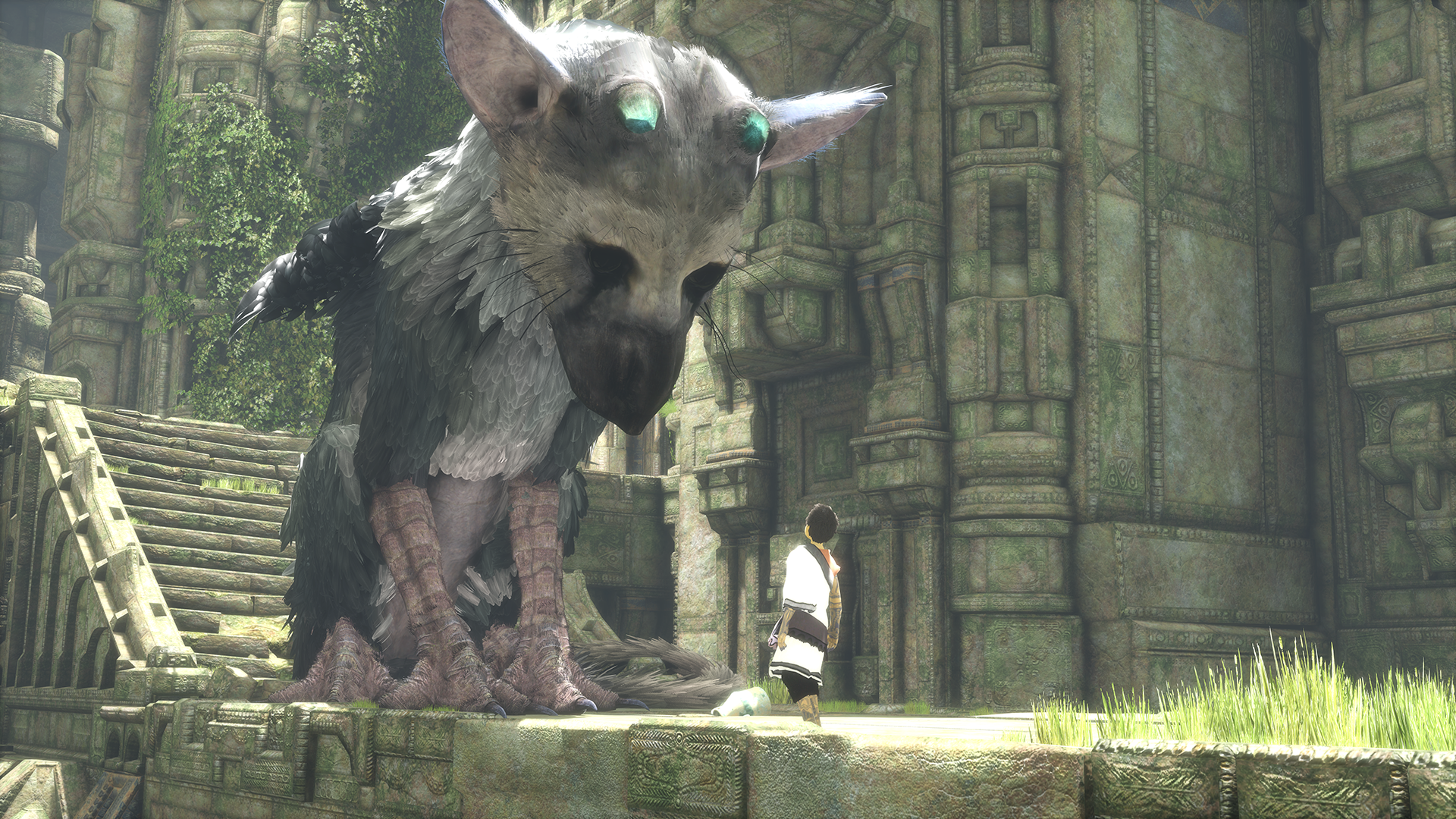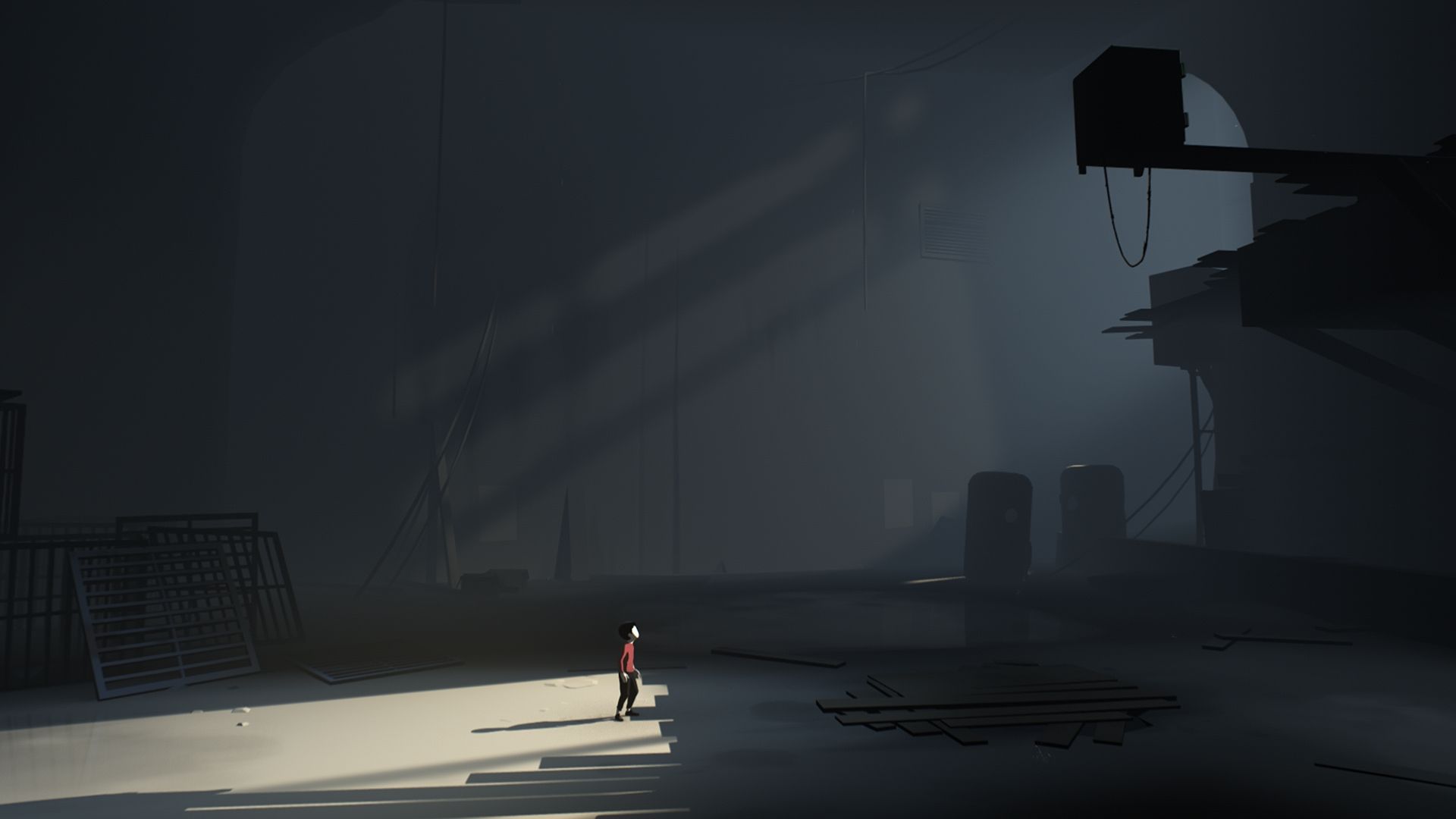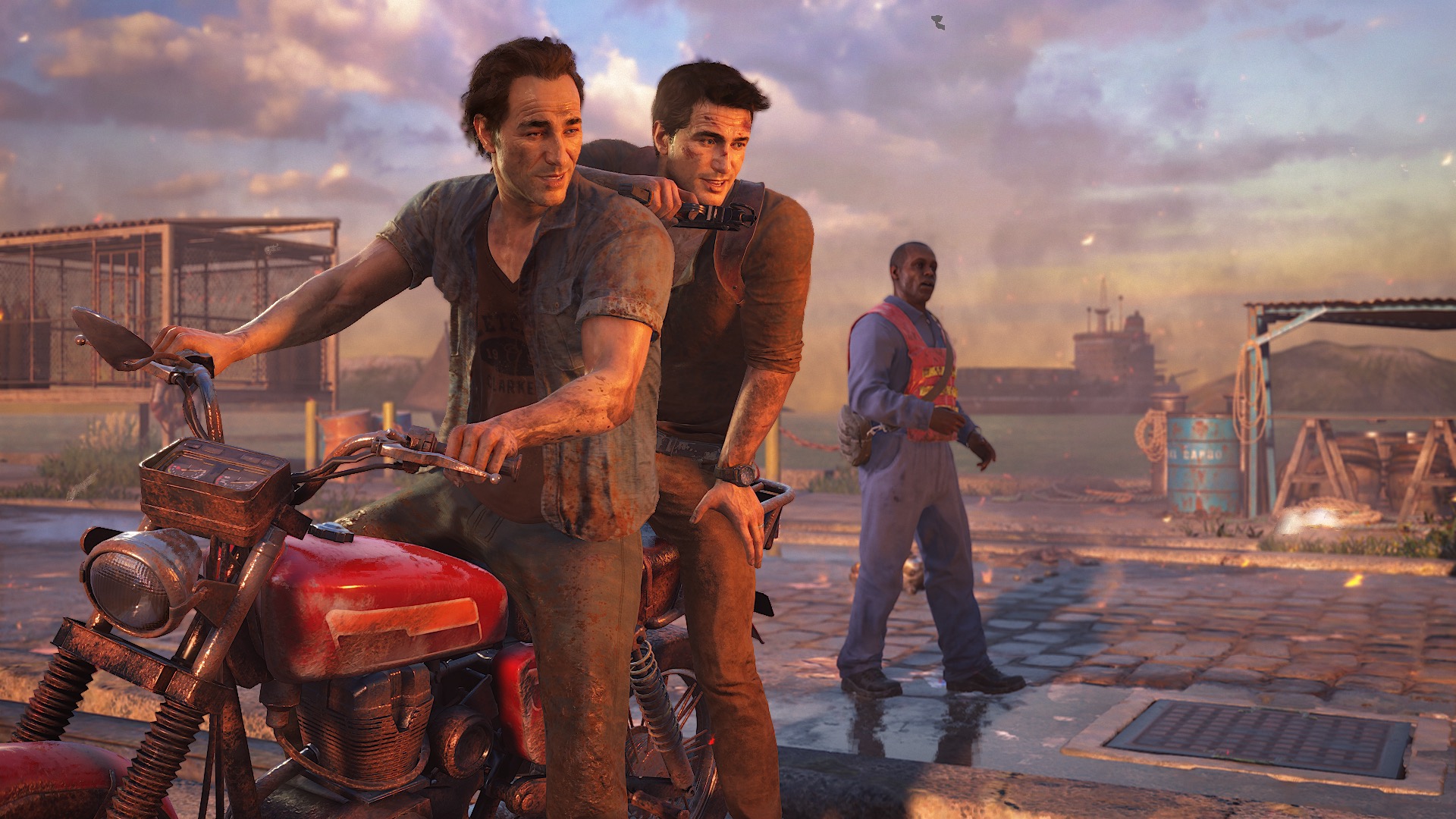 The story behind The Last Guardian is almost as epic as the game itself. After nine years of announcements, brief glimpses, delays, disappearances, re-appearances, and a platform jump, it’s finally complete, printed onto blu-ray discs, and available for download on the Playstation Store. Starting up the game is almost surreal, like meeting an old friend after having accepted their death.
The story behind The Last Guardian is almost as epic as the game itself. After nine years of announcements, brief glimpses, delays, disappearances, re-appearances, and a platform jump, it’s finally complete, printed onto blu-ray discs, and available for download on the Playstation Store. Starting up the game is almost surreal, like meeting an old friend after having accepted their death.
Lead designer Fumito Ueda, who was also behind Playstation 2 classics Ico and Shadow of the Colossus, had a lot to live up to with The Last Guardian, and in a broad sense, he did. When The Last Guardian is working the way it is designed to, it’s a peerless example of interactive, emotional storytelling. Unfortunately, it’s crippled by major bugs and performance issues that absolutely should have been resolved during the game’s nine years of development.
Continue reading The Last Guardian Is A Masterpiece…When It Works



